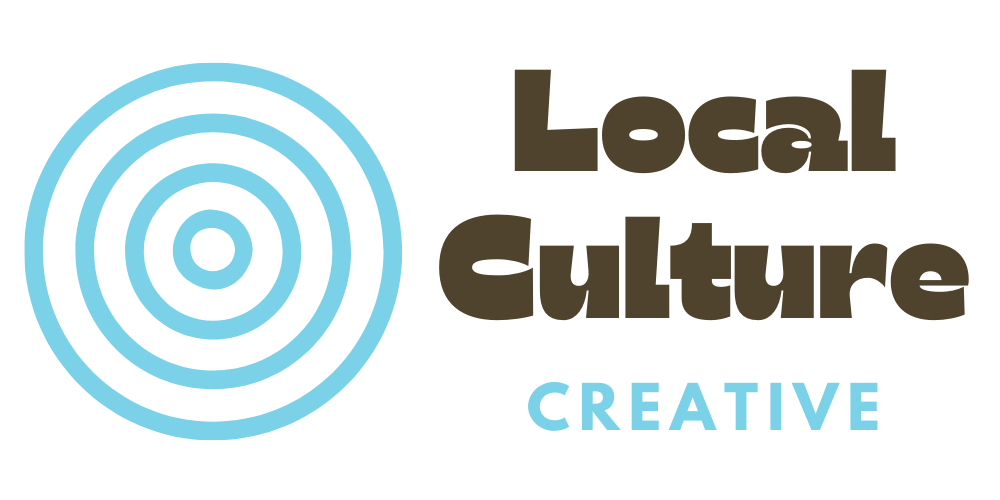Seeing the 5-gallon bucket of waste milk always makes me sick. I come from the era where kids were still taught to finish their food, to not waste and not take more than you knew you could actually eat.
Therein lies the problem. Not only are children required to take certain foods/amounts, but they are required to take milk. It’s like a big giant voice in the cafeteria saying, “The USDA counted all you kids, so there’s a milk for each of you, by golly. If you don’t want it, just dump it on your way out ... along with the rest of your food.” (However, parents can still pack their kid a lunch of jelly beans and Kool-Aid and no one would bat an eye.)
I started wondering what was going on there when I saw a little girl in the trash line opening a container of milk, gracefully raising her arm to reach the top of the milk abyss, and dumping in the entire container. Like one long chocolate stream flooding into the face of world hunger, wastefulness, and those good old American values of hard work, respect and thankfulness for what you have.
A little chat with a couple friends and a phone call to the state health department have enlightened me with a few pieces of information.
First of all, the state doesn’t take the blame for it. The culprit sits at the top. The USDA views any food item that has left the care of the food service workers (this goes for any retail food industry) as a “potentially hazardous item.” Yes, I can just see those first- and second- graders tampering with their milks, probably injecting them with bio-hazardous substances while they giggle amongst their conniving friends.
The second bit of information I obtained, and this is purely a local item, is that the aids in the cafeteria are no longer able to tell the children to eat their food.
God — I can still hear my old aids beckoning — “Eat your potatoes!” They cannot remind students to stop talking, open that salad that your mom requested for you, and start munching. And why? Because one mom complained that her child was being told what to do. Seriously? Is this not school? Aren’t kids supposed to be told what to do? Moreover, when you have 100 noisy kids occupying the same space they easily get caught up in everything but eating. Consequently they leave the lunchroom hungry, and then
my favorite part
go dump all their damn food in the trash!
Can you see what a vicious cycle this is here? The government started it, and now everyone else is just helping it along. Against all their better knowledge and gut instincts, they just do what they’re told with hands tied behind their backs. What I wonder is if any notification was sent out to parents saying, “OK, guys. We used to give a shit about your kids eating or not, actually reminded and redirected the mouths away from the blabbing and back to the consumption of highly-nutritous USDA food combinations. However, because Susie doesn’t like us telling Little Jimmy what to do, your kid’s going to be ignored from now on, too.” Ya think? Because I didn’t get that memo.
When our kids are living in a time where no one can touch them, tell them what to do, or teach them a core value of humanity, something’s gone awry. I know we can’t scoop up the old burgers and send them to Africa. I’m not a moron. But, I don’t think it’s right that our kids are allowed to think, for one second, that it’s OK to be wasteful in such a profound way. Food sustains life, and let’s not forget the environmental consequences that arise in the process of our food production. Hell, maybe schools should start a gardening program and eat what they grow. But I’m sure that wouldn’t fly, bringing in those potentially hazardous food items from the garden that haven’t been irradiated, gassed, inspected, labeled, and driven across the damn country.
A little light at the end of the tunnel here
I happened across a website that explains an experiment/project for school kids to calculate the amount of food waste in the lunchroom. I think this is a great eye opener and a good way to start kids off with the realization that “you just threw away enough food in one meal to feed a lot of people.” My suggestion to it would be that the older students should present their findings to the younger kids. If first-graders are capable of understanding slavery, the American Revolution, and a host of other topics they teach in school, then I think they’ll grasp this. I encourage you to pass the above link on to any school you may have contact with. I’ll do the same. I expect to hear some BS about it not being in the state curriculum, but that’s not going to stop me from trying.
















